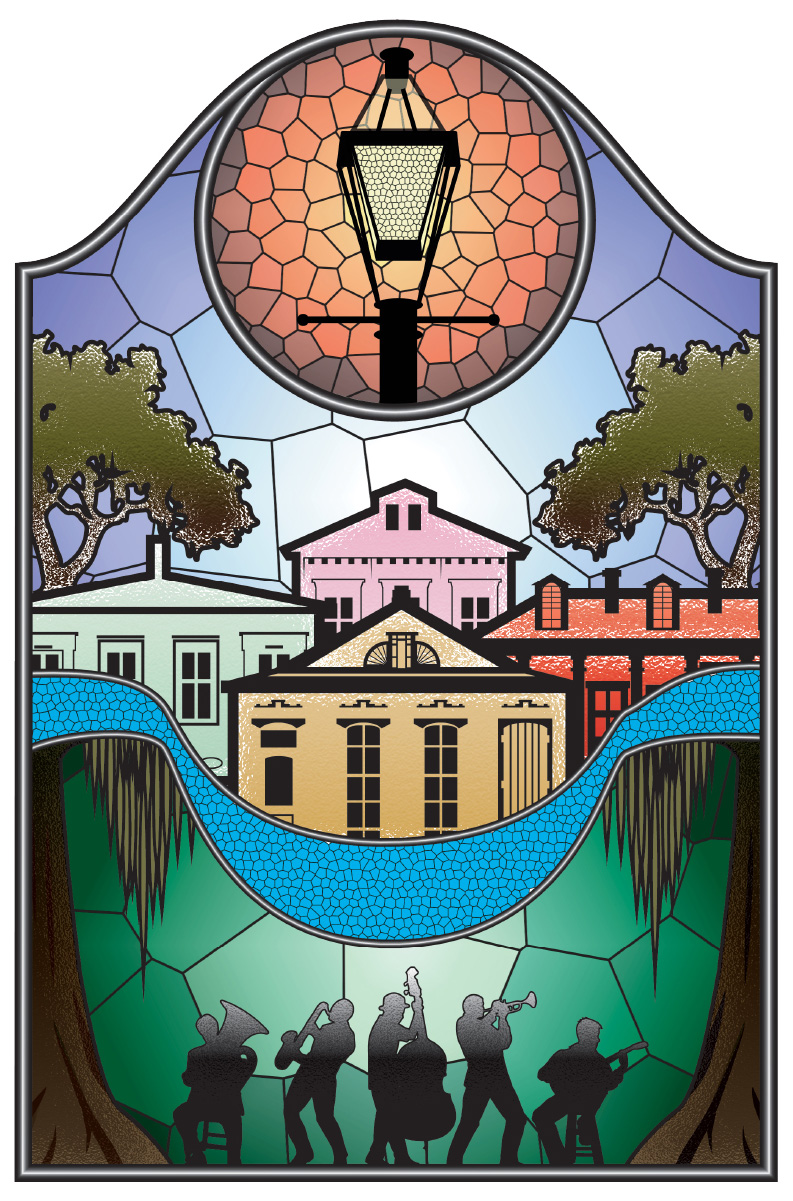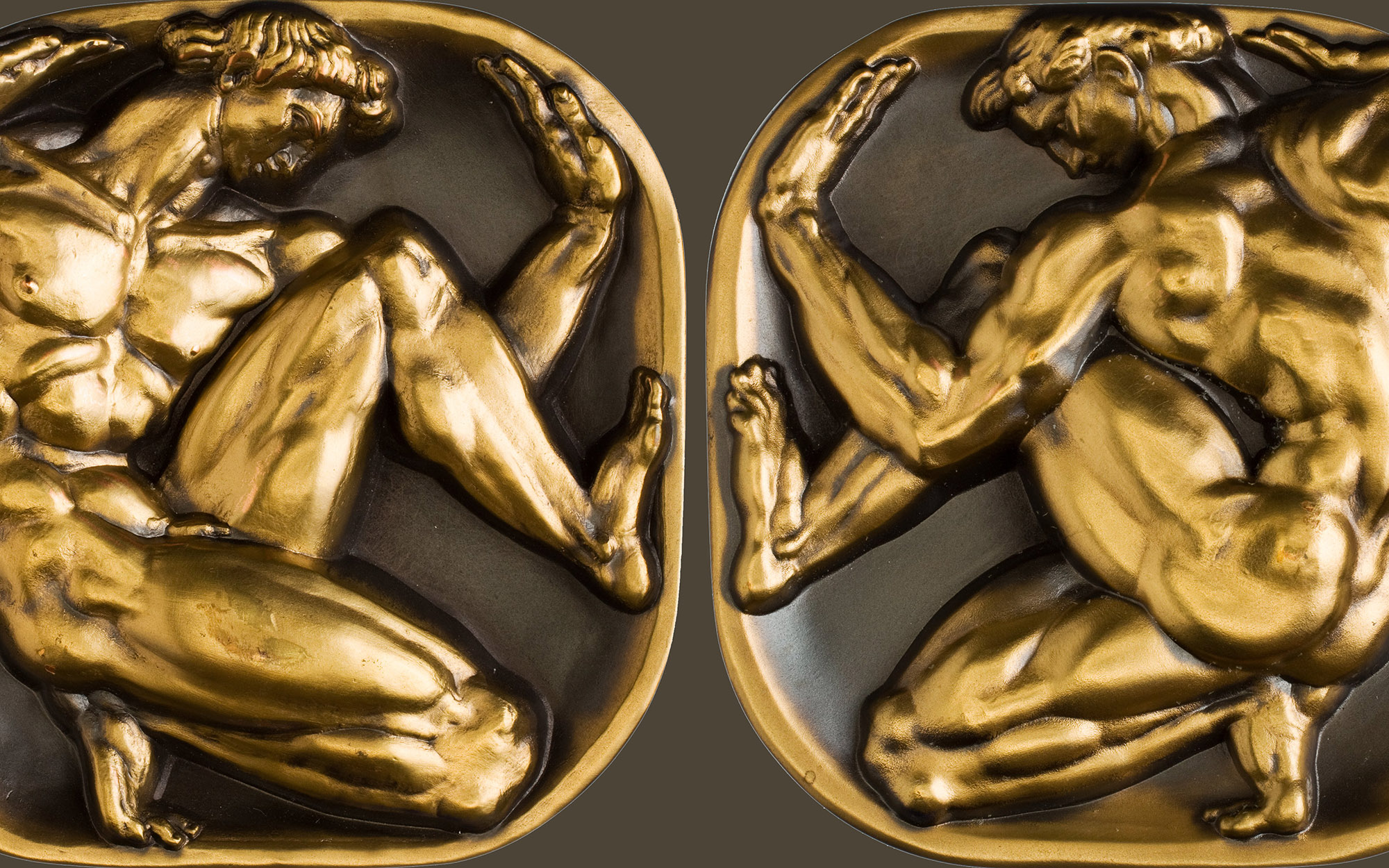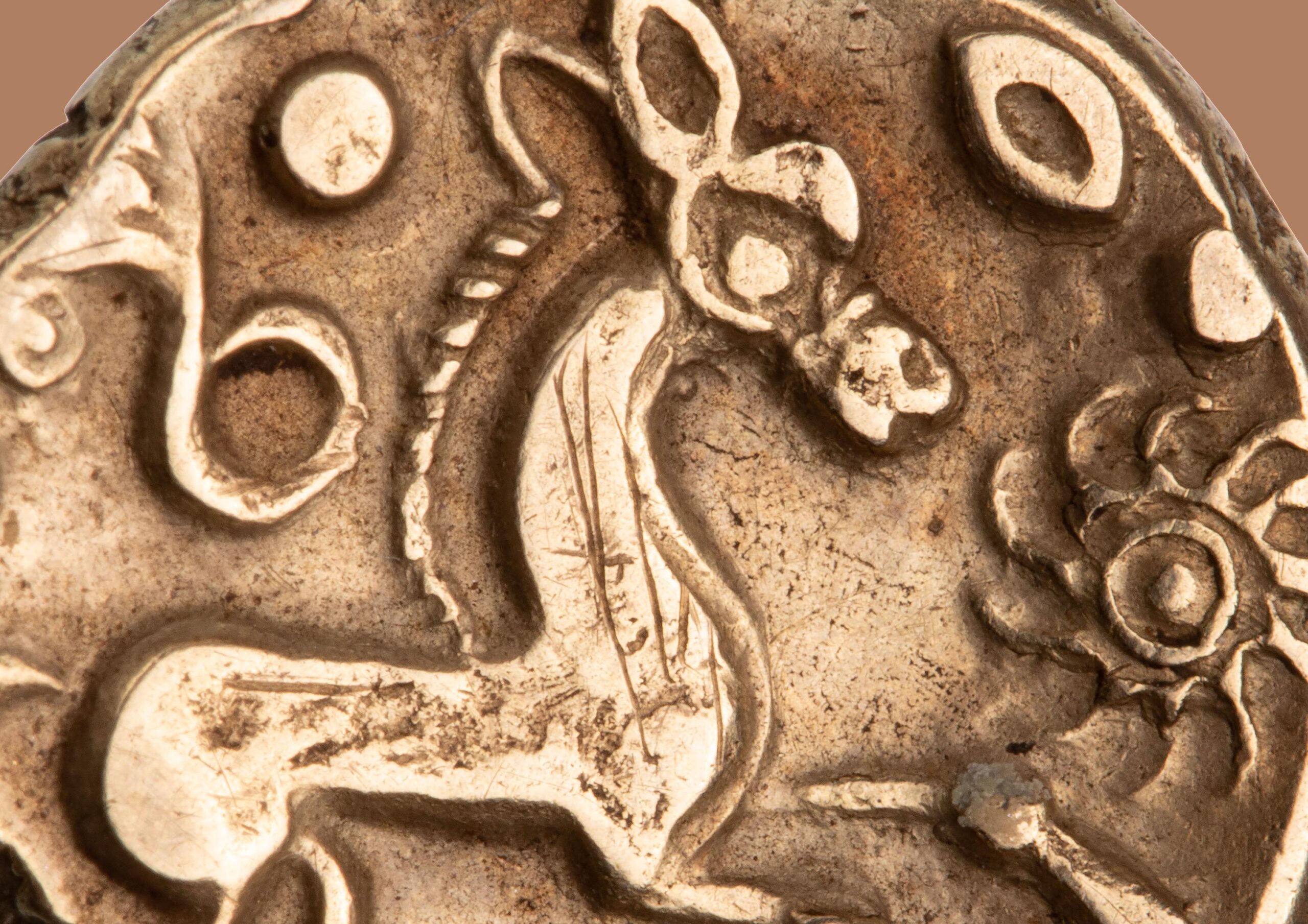Father’s Two Zuzim
With Passover nearly upon us, I cannot help but trawl the Passover seder for numismatic connections. Luckily said, a connection is quite forthcoming! The Passover seder is divided into fifteen sections, the final of which (Nirtzah) is comprised of festive songs. For the purposes of this post, we will focus on perhaps one of the most interesting of those songs, Chad Gadya. What is specifically of interest here is the chorus, which translates as “One little goat, one little goat, which my father bought for two zuzim.”
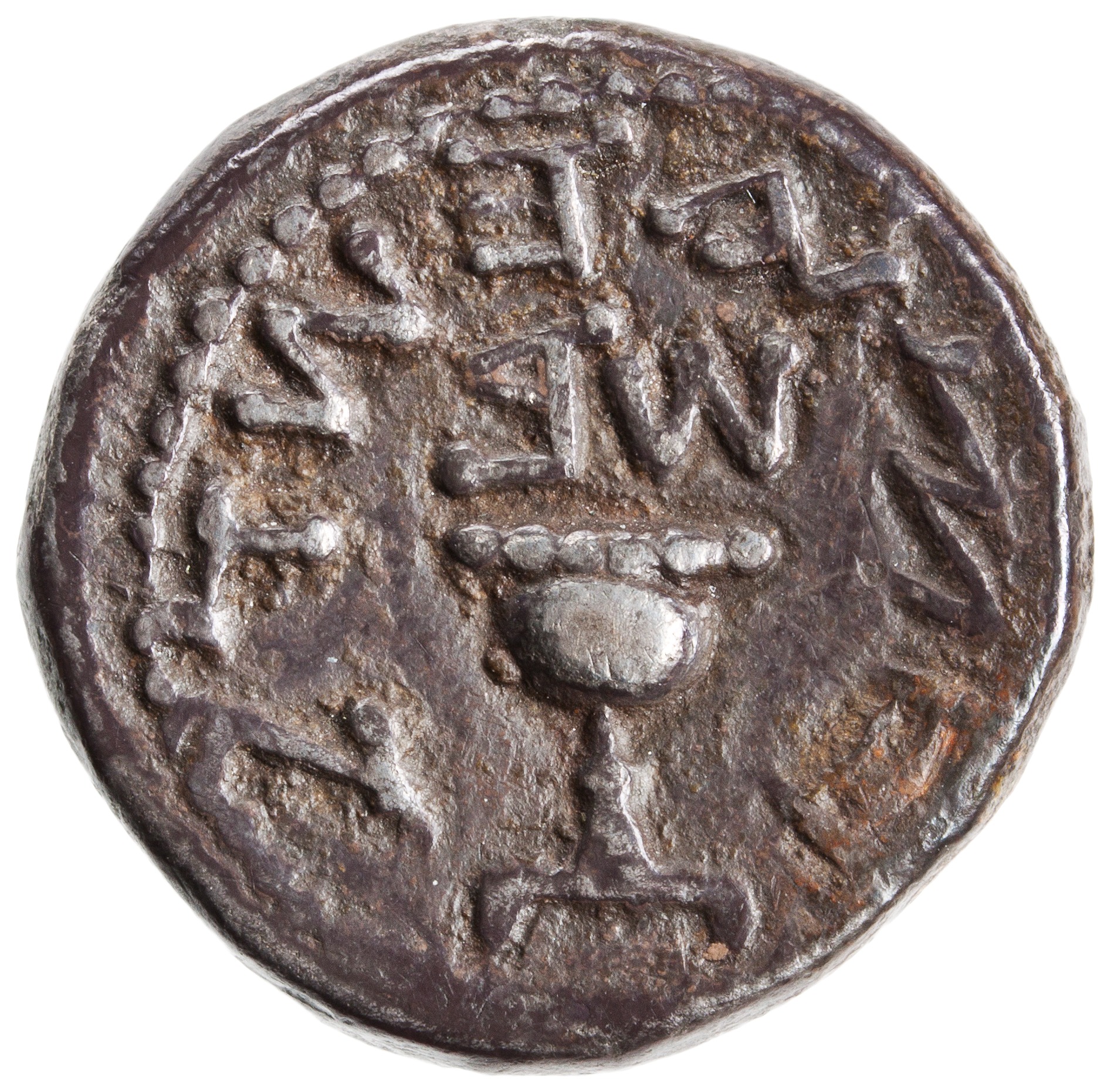
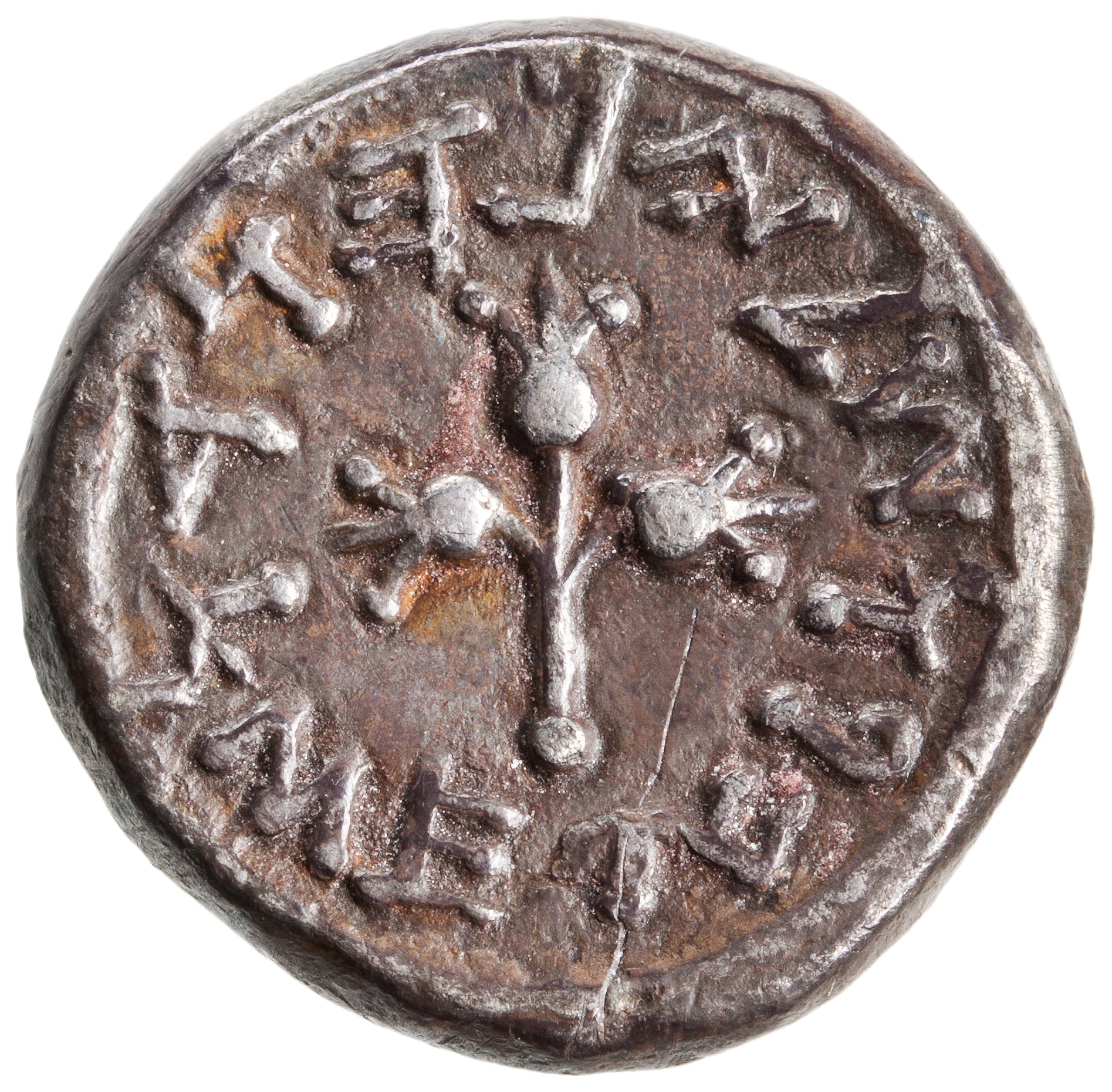
Figure 1. Half Shekel, ANS 1944.100.62980
Before diving into the chorus, it is apt to give a brief background on Chad Gadya itself. The song is often considered to be the most recent addition to the Passover Haggadah. It is not entirely clear when the song was written, though its first known appearance was in the 1590 Prague Haggadah. Chad Gadya was written in a combination of Hebrew and Aramaic, and contains perhaps the strangest lyrics of anything found in the Jewish liturgy (an excerpt of the lyrics can be found at the bottom of the post). There have been many interpretations over the centuries attempting to explain the symbolism behind the lyrics, ranging from the Nation of Israel overcoming various obstacles and challenges to the Israelites trying to convey the power of God to the Egyptians. Interestingly, it has also been suggested that two zuzim is equal to the half-shekel tax that all Jewish men were required to pay annually to the temple in Jerusalem (Fig. 1). This is based on the ancient Aramaic text, Targum Jonathan, which translates the quarter-shekel mentioned in 1 Samuel 9:8 as a zuz. Thus, two zuzim would equal a half-shekel for the temple. This is further supported by the medieval Jewish commentator Shlomo Yitzchak (1040-1105), more famously known as Rashi, who also commented on 1 Samuel 9:8 and stated that a quarter-shekel was equal to one silver zuz. Rashi was certainly familiar with the Targum Jonathan as he refers to it elsewhere, but it is nonetheless interesting that he felt the need to replace the quarter-shekel with the zuz in his commentary; a seemingly irrelevant note. Perhaps this indicates that, by the Middle Ages, the zuz had effectively replaced the shekel in the Jewish psyche. Regardless of the deeper meaning, the song begins with father going to the market and purchasing a kid (young goat) for two zuzim. What were the zuzim which resound in the chorus?
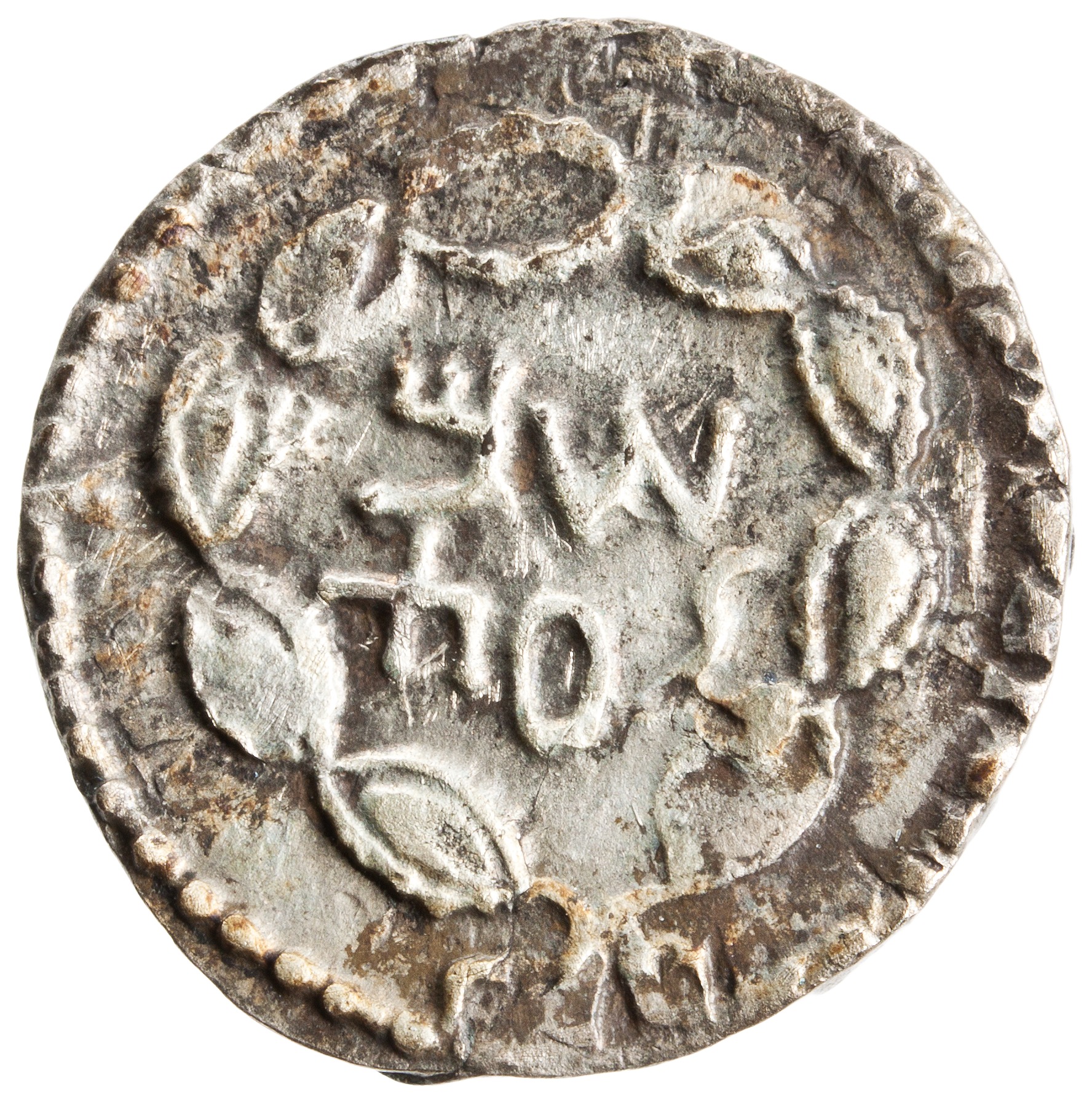
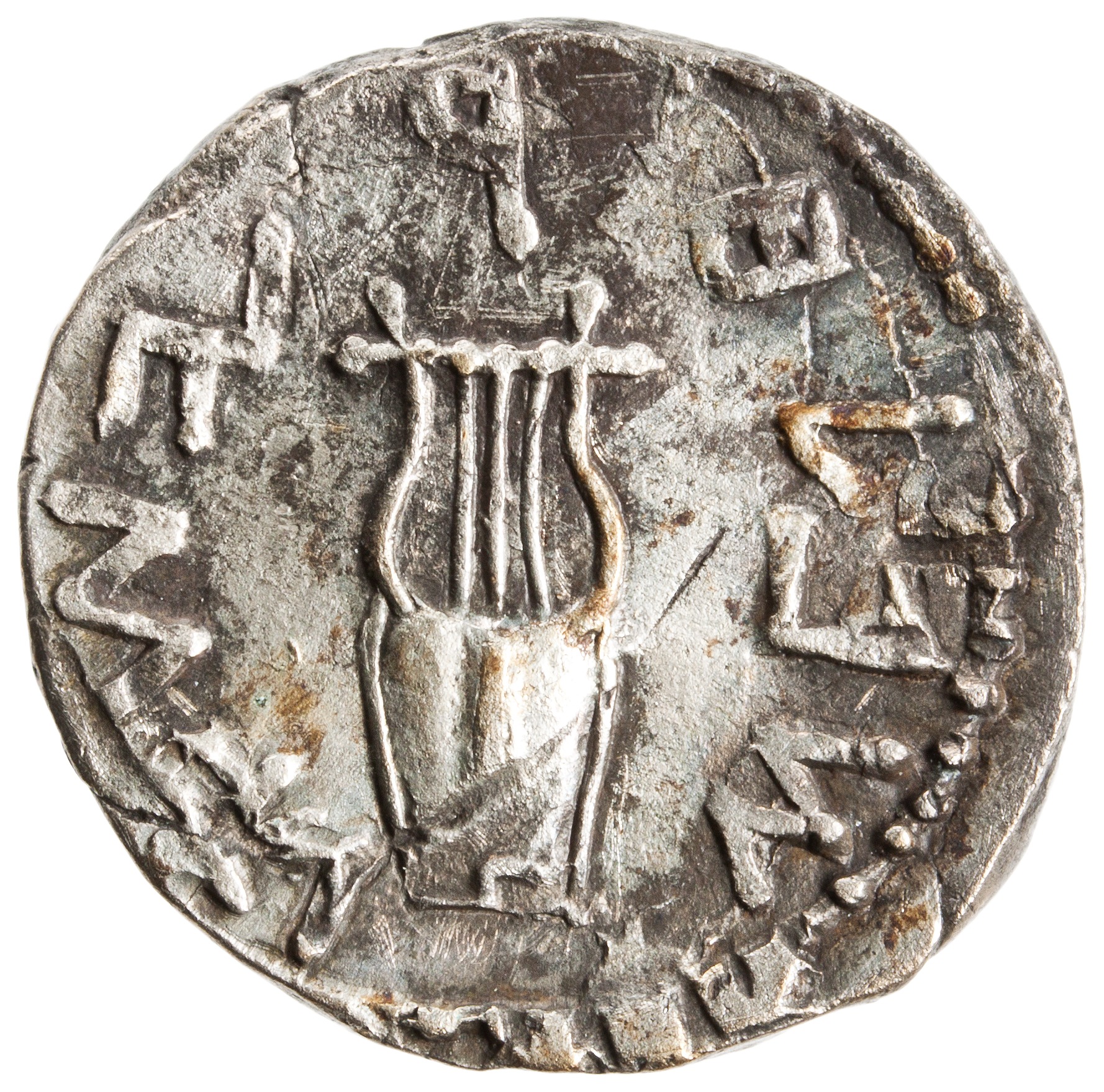
Figure 2. Zuz, ANS 1944.100.63068


Figure 3. Sela, ANS 2010.76.30
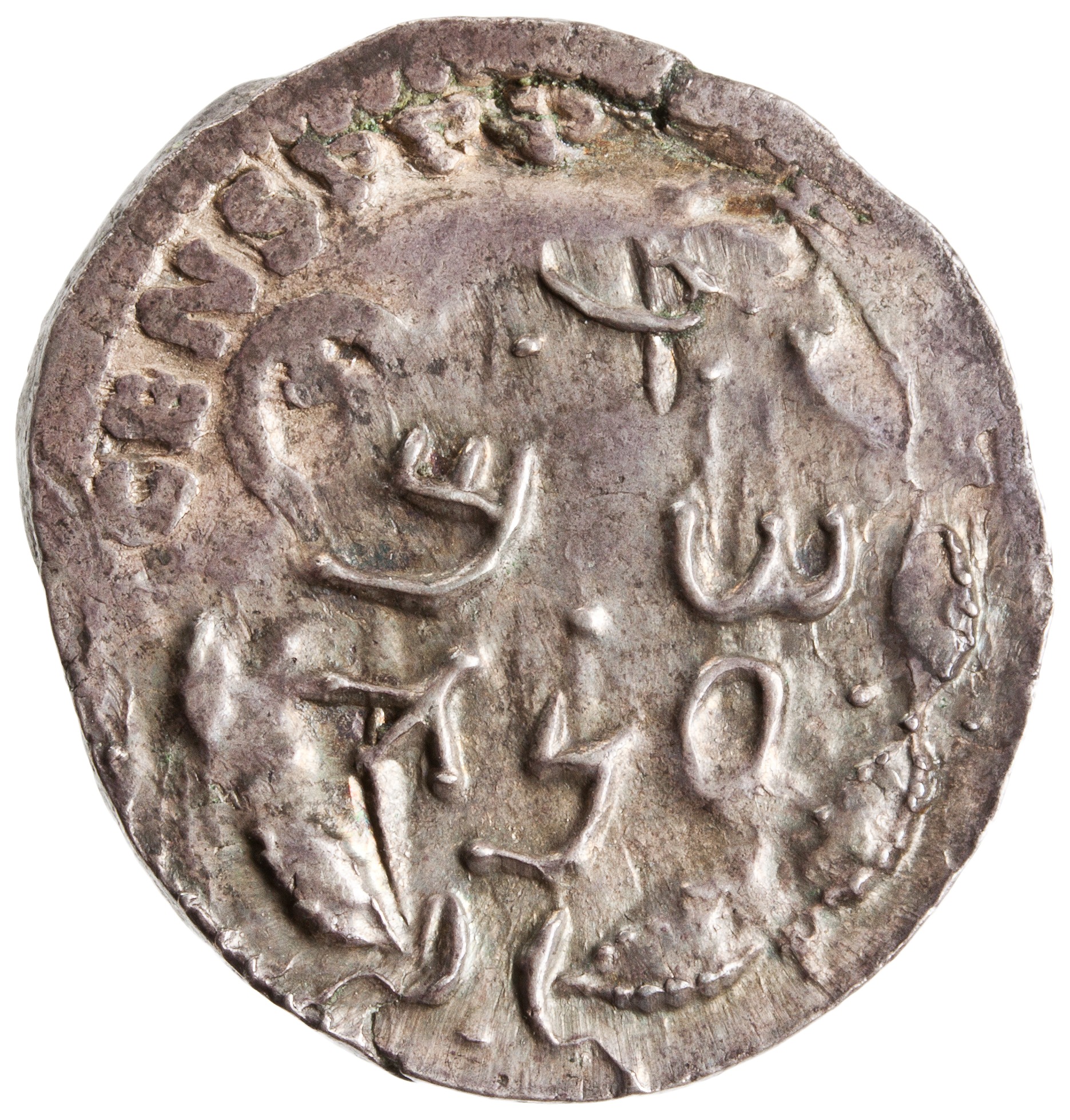
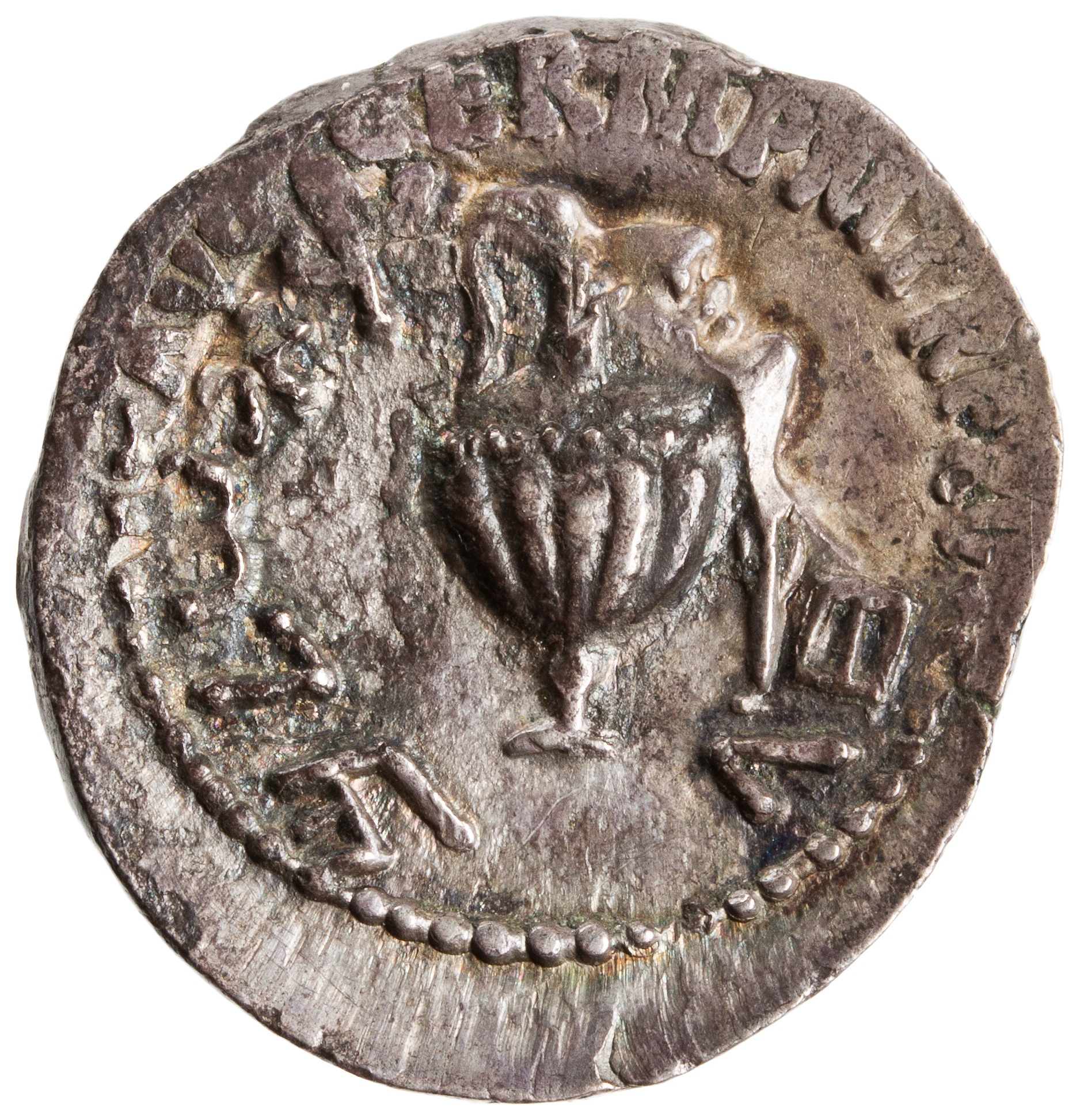
Figure 4. Zuz with visible signs of overstriking on reverse, ANS 1944.100.63090
The zuz is known to have been an ancient unit of money used in Judaea in the early centuries of the common era. This is made clear through documents dating to the early second century which mention that three sela’im (another Jewish denomination) was equal to twelve zuzim. Thus, scholars like David Hendin have concluded that the silver drachms and denarii circulating in Judaea during the second century C.E. were referred to as zuzim (Fig. 2) while the sela (Fig. 3) represented a tetradrachm sized coin.1 The zuzim that survive from this period into the present date to the Bar Kochba Revolt, the population of which is entirely comprised of overstruck coins that were circulating in Judaea at the time (Fig. 4). The causes for this overstriking were likely manifold, though Hendin has suggested that the main reasons were due to a lack of supplies, resources, and fully equipped mints.2 Despite the fact that the only known zuzim from the period depicting Jewish iconography and Hebrew legends appear to have been haphazardly minted overstrikes from a rebellion, the zuz clearly remained a prevalent denomination for Jews living in the region. Even centuries later, the term zuz continued to be used, as is clear from the Talmud, written between the fifth and sixth centuries. For example, the Talmudic tractate Shabbat 31a discusses an amusing wager, the terms of which stipulated: “Anyone who will go and aggravate Hillel to the point that he reprimands him, will take four-hundred zuz.” While the Talmud does not necessarily prove that a zuz with any resemblance to those of the second century was still in circulation by late antiquity, it does indicate at least that the idea of the zuz as a common denomination of money remained popular.
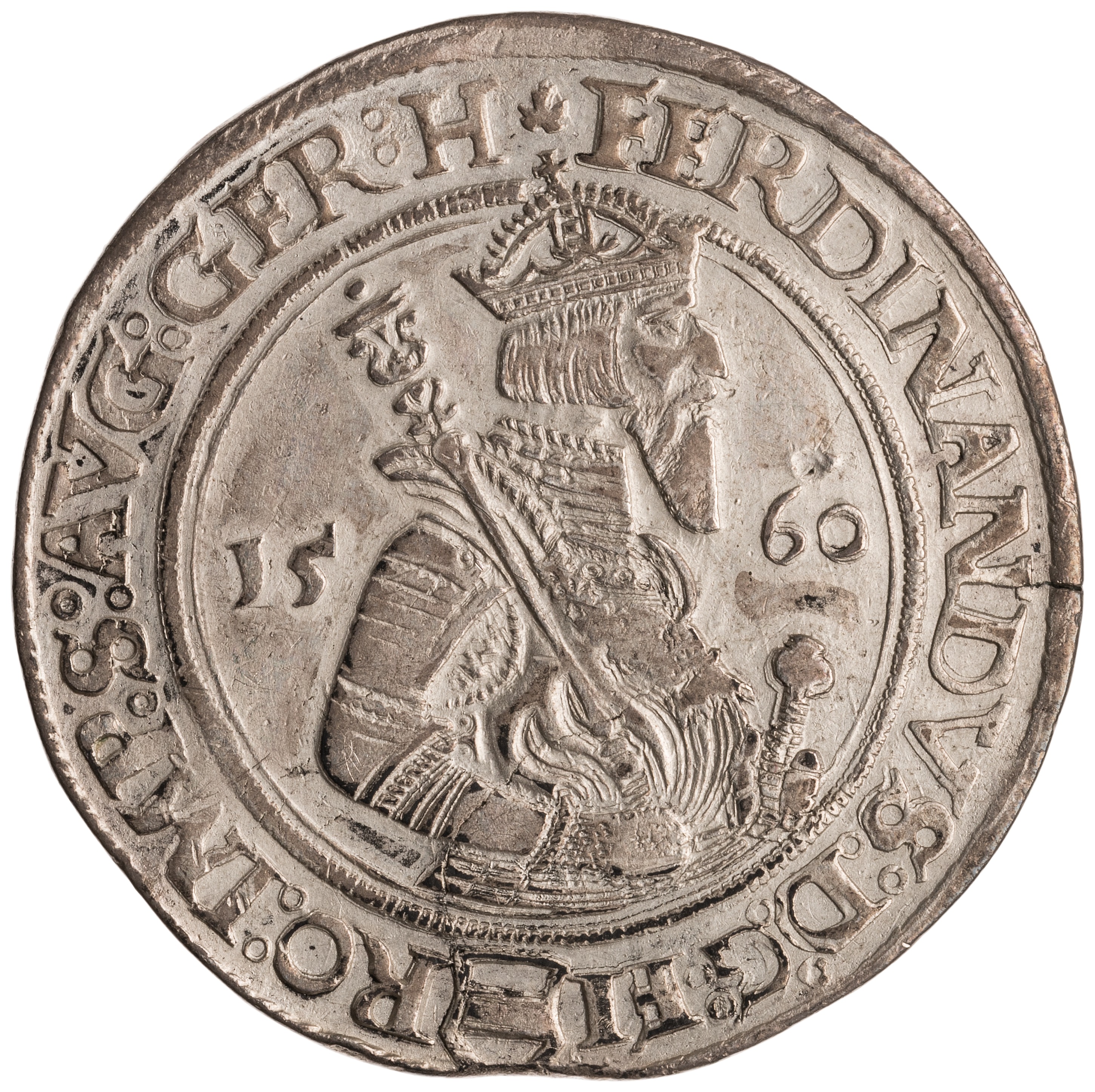
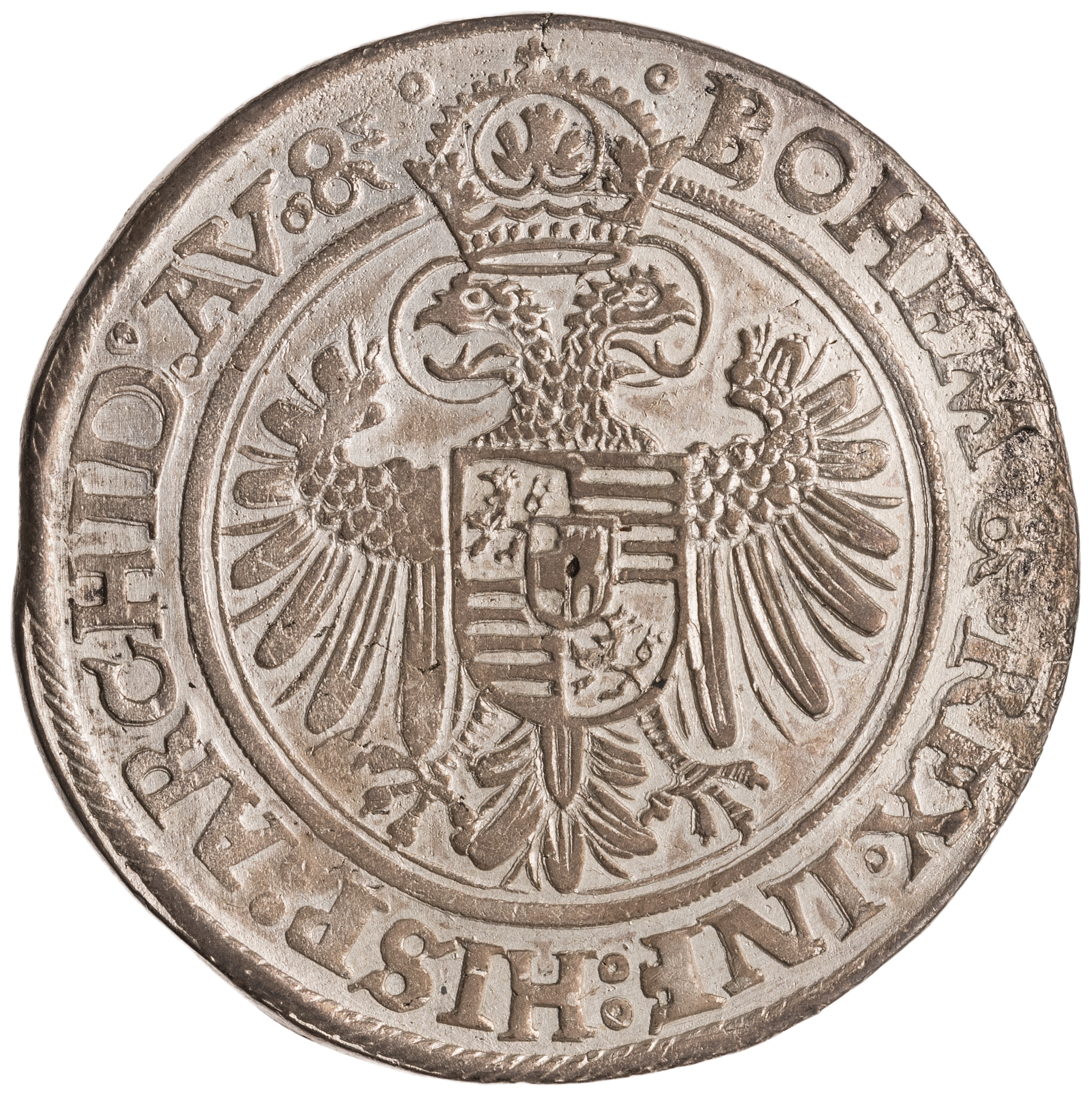
Figure 5. Joachimsthaler, Bohemia, ANS 1905.57.262
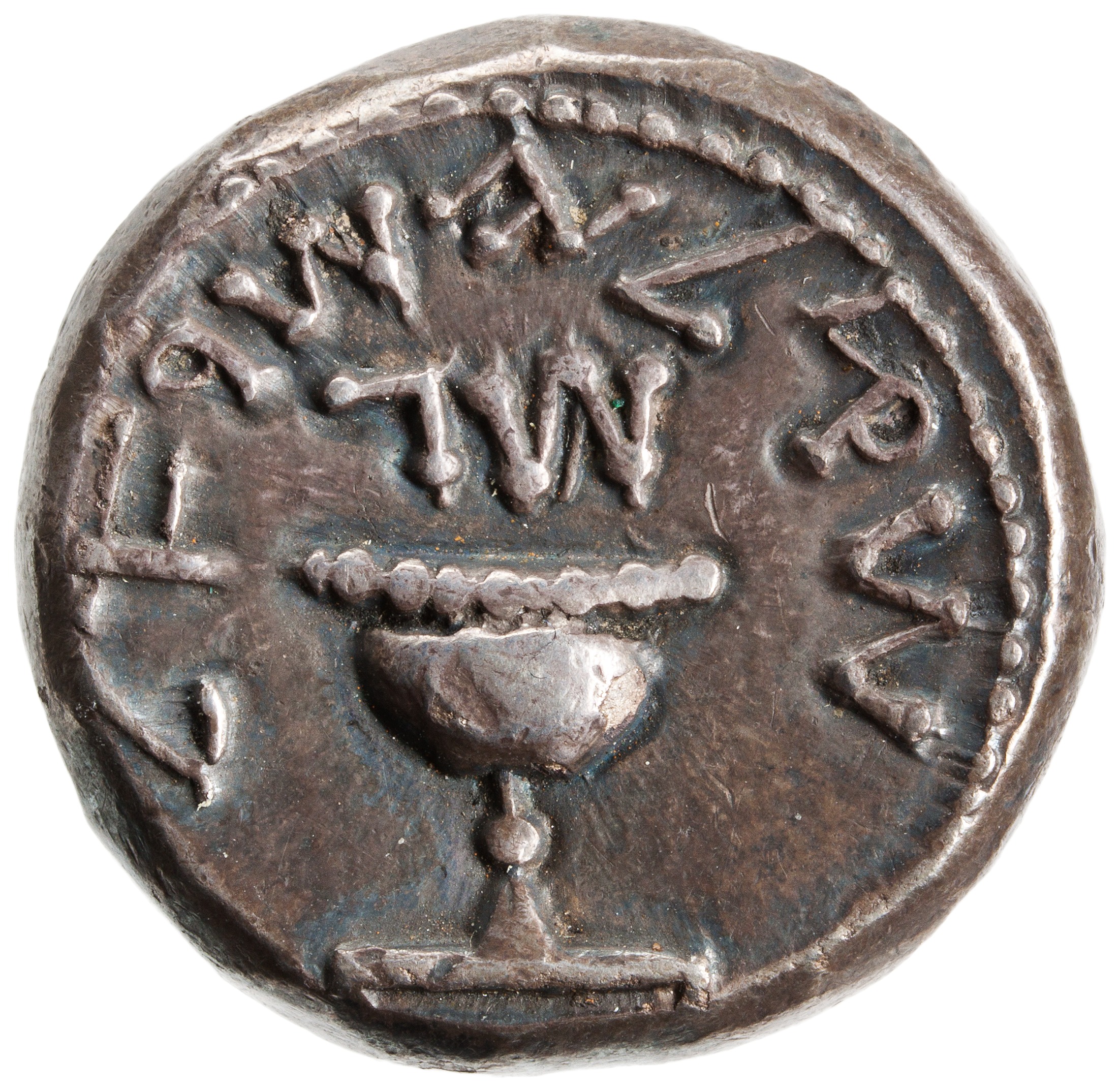
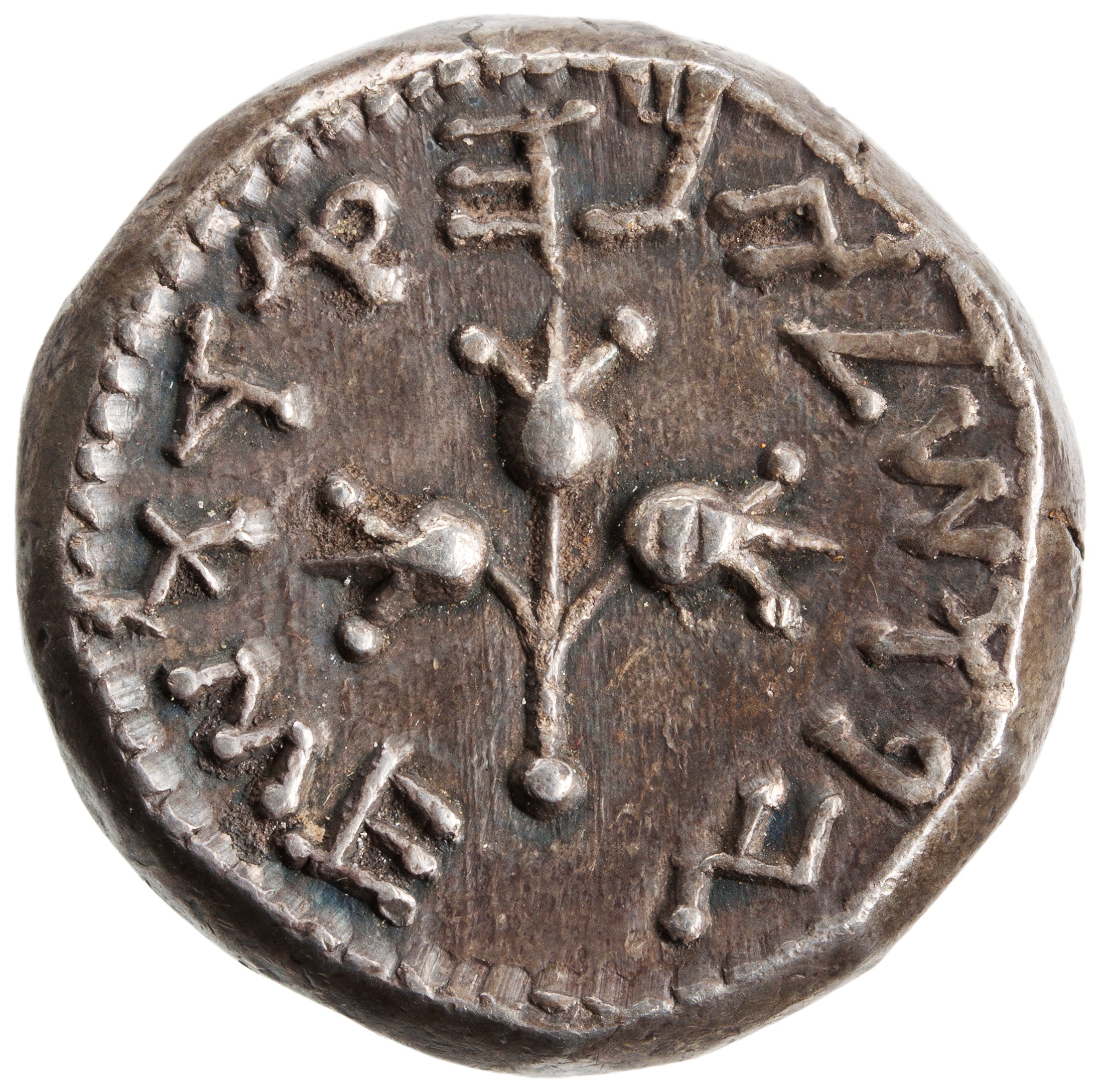
Figure 6. Jewish war shekel, ANS 1980.109.84
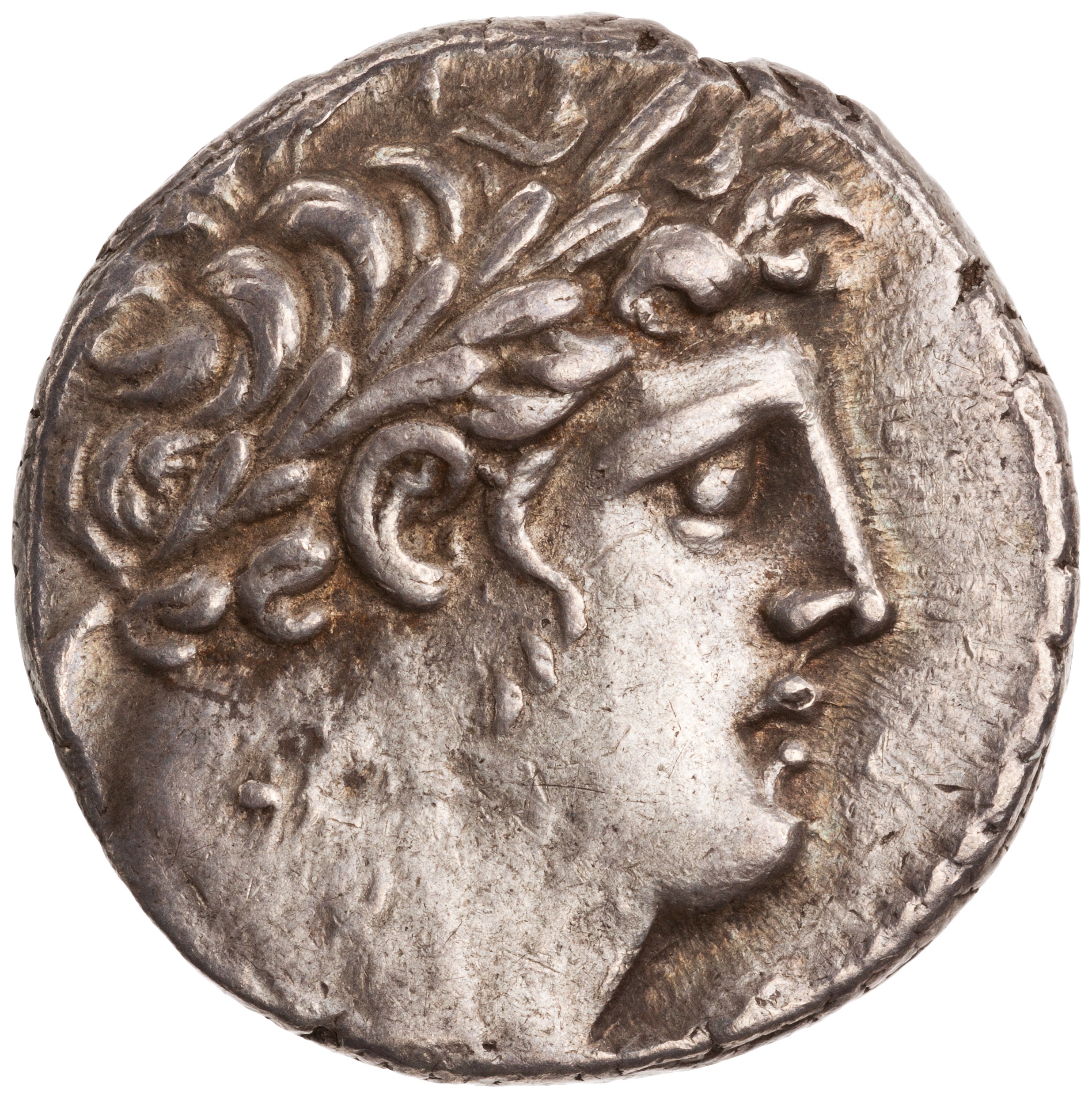
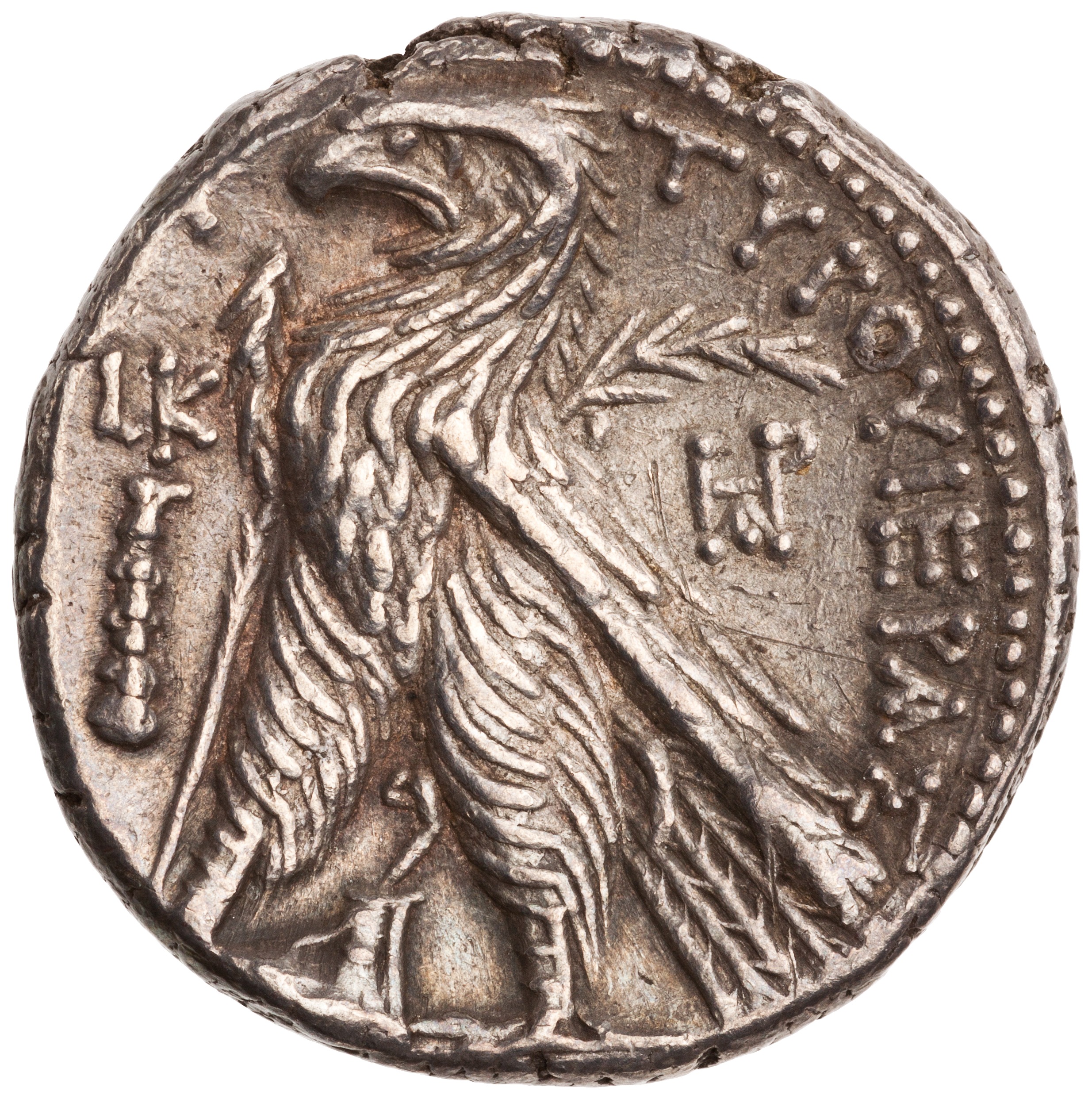
Figure 7. Shekel of Tyre, ANS 1948.19.2285
Now we return to Chad Gadya, written nearly 1,000 years after the Talmud. By 1590, when the song first appeared, the zuz was certainly no longer in circulation. If we assume that the piece was composed in Prague where it first appeared, the Jews of the city would have been familiar with the silver talers that circulated within the Kingdom of Bohemia (Fig. 5). Why then, did the author choose to denote the father’s money as zuzim rather than talers or, for that matter, any European coin in circulation at the time? Similarly, why not shekels, the denomination of the bible? Perhaps for the composer the zuz represented the quintessential Jewish coin. The zuz, a coin which saw major usage in the Talmud as well as later medieval commentators such as Rashi, would have been familiar to many educated Jews and thus could have acted as a binding force for the Jews of the diaspora and served to connect them across the many kingdoms of 16th century Europe. As for the shekel, by the Talmudic period it had fallen out of favor. After the destruction of the Jerusalem temple in 70 CE, the half-shekel temple tax faded away, removing the biblically mandated reason for needing the shekel. Even prior to the temple’s destruction, the only silver shekels minted by Jews were struck during the Jewish War against the Romans in 66 CE (Fig. 6). Prior to this, the shekel tax was paid using shekels from the Phoenician city of Tyre (Fig. 7). Therefore, by the Rabbinic period the shekel was no longer a major aspect of the Jewish monetary system, nor was it an important part of Jewish identity without the half-shekel temple tax. As a result, the zuz was able to become the coin of the Jews for centuries until the State of Israel reinstated the shekel as its primary currency. Regardless, the zuz has earned its place in Jewish history and has cemented itself in the Jewish tradition as a coin of the Talmud as well as the coin of Chad Gadya, sung at thousands of Passover seders every year. If you are unfamiliar with the festive tune or just want to give it a listen, I have included links to a traditional Aramaic version of the song, as well as an Italian rendition translated by Angelo Branduardi. Truly a great example of cross-cultural blending!



